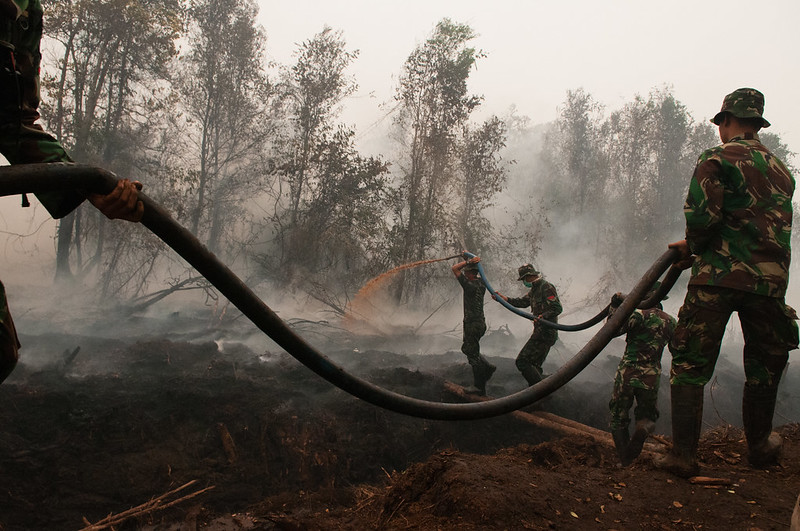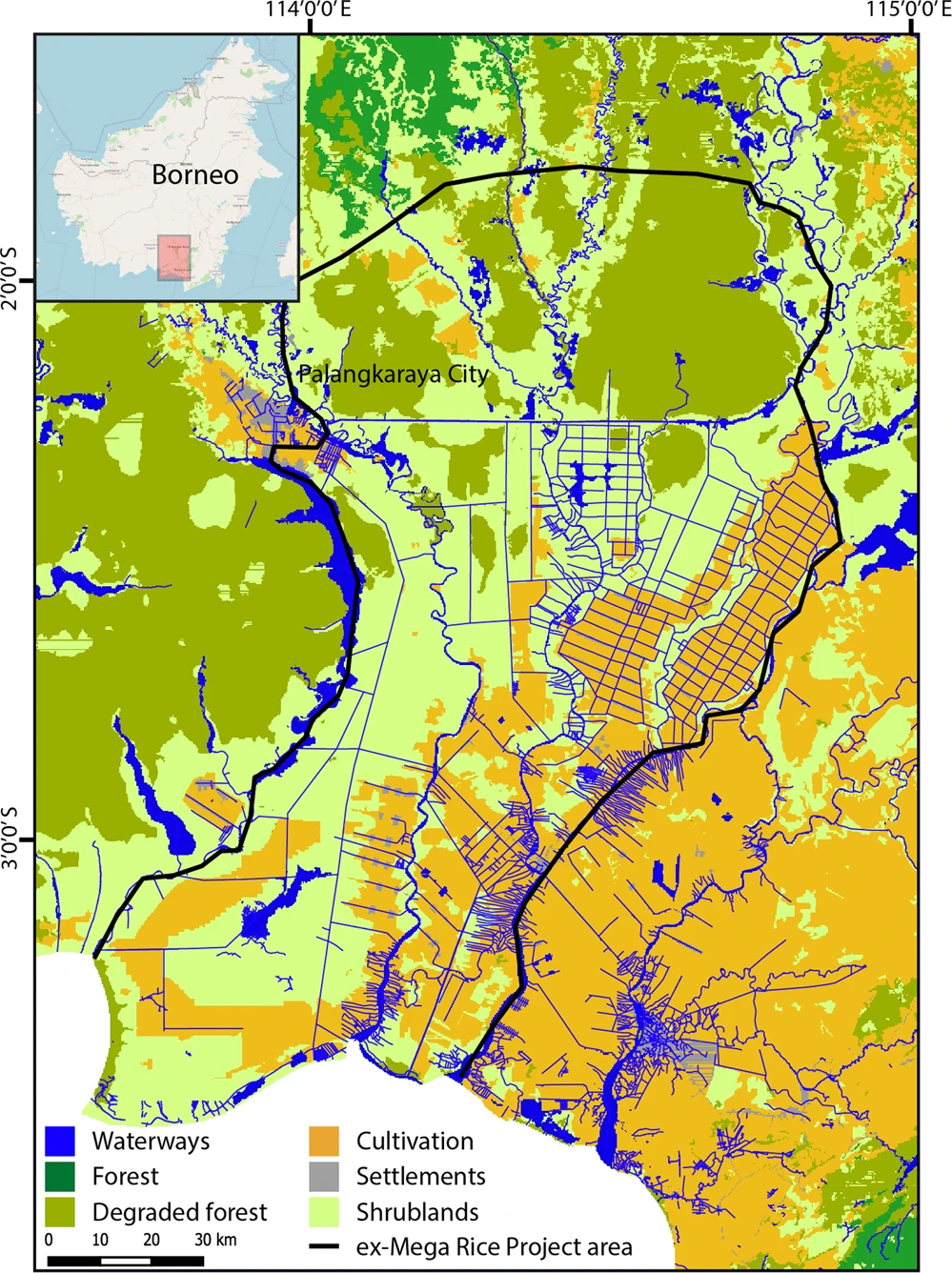
A mother sperm whale and her calf off the coast of Mauritius. The calf has remoras attached to its body. Credit: Gabriel Barathieu, January 26, 2013.
Our oceans are suffering the impact of climate change. From inshore environments to the deep ocean, marine ecosystems are undergoing significant transformations due to rising temperatures, increased carbon dioxide levels, and shifting environmental conditions. This research article by National Oceanic and Atmospheric Administration (NOAA) researchers published in PLOS ONE delves into the intricate relationship between climate change and marine mammals. The study focused on the United States’ western North Atlantic (WNA), Gulf of Mexico (GOMx), and Caribbean waters.
Drivers Impacting Marine Life
Global climate change has ushered in a multitude of alterations that stem from a handful of key drivers. Rising levels of heat and carbon dioxide in the Earth’s atmosphere are at the forefront. Here’s a closer look at the other major factors:
1. Increasing Ocean Temperatures
As the Earth’s temperature rises, so too do the temperatures of our oceans. This phenomenon is particularly evident in the western North Atlantic (WNA), where sea surface temperatures have been increasing rapidly. These rising temperatures have direct and indirect consequences for marine mammals that call these waters home.
2. Rising Sea Levels
One of the most visible effects of climate change is the rise in sea levels. This phenomenon is especially pronounced in regions like the southeastern United States, Gulf of Mexico (GOMx), and the Caribbean Sea. The accelerating sea level rise poses a significant threat to coastal ecosystems and the marine life they support.
3. Decreasing Dissolved Oxygen
Climate change also contributes to declining levels of dissolved oxygen in our oceans. This is a particularly alarming trend for marine mammals, as many of them rely on oxygen-rich environments to thrive.
4. Declining Sea Ice Coverage
In polar regions, the decline in sea ice coverage is a stark indicator of climate change. This has profound implications for marine mammals like polar bears and seals, which depend on sea ice as a platform for hunting and resting.
5. Ocean Acidification
The increasing levels of carbon dioxide in the atmosphere are not only raising temperatures but also leading to ocean acidification. This can have devastating effects on marine life, particularly species with calcium carbonate shells or skeletons.
6. Shifting Precipitation Patterns
Climate change also drives changes in precipitation patterns, impacting the salinity of ocean waters. These shifts can have cascading effects on marine ecosystems and the species that inhabit them.
Impacts on Marine Mammals
The effects of climate change are not limited to the physical environment; they also dramatically affect marine communities, including marine mammals. Here are some of the key ways in which climate change impacts these majestic creatures:
1. Altered Distribution and Behavior
Marine mammal species with restricted geographical distributions and habitat tolerances are particularly vulnerable. The changing conditions of their environment leave them with limited opportunities to adapt.
2. Disrupted Prey Availability
Marine mammals rely on stable environments where prey availability is relatively predictable. Climate change can disrupt these ecosystems, leading to food scarcity and challenges in feeding.
3. Climate-Related Shifts in Distribution
Some marine mammal populations, such as ice-associated seals and subarctic cetaceans, have already shown shifts in distribution due to climate change. These changes have significant implications for their conservation and management.
4. Predictive Challenges
Predicting climate-driven changes in marine mammal distribution, phenology, and abundance is a complex task. However, advancements in modeling tools and approaches are improving our ability to make informed predictions.
Assessing Climate Vulnerability
Understanding the vulnerability of marine mammals to climate change is crucial for their conservation. Climate vulnerability assessments (CVAs) play a pivotal role in identifying species at risk. These assessments take into account factors such as exposure, sensitivity, and adaptive capacity.
Trait-Based CVAs
One approach to CVAs involves trait-based assessments, which consider the biological or ecological traits of species that are linked to climate responses. While this method provides less resolution than quantitative approaches, it offers a rapid and adaptable way to assess vulnerability.
NOAA’s Role in Marine Mammal Protection
In the United States, the NOAA has a mandate to protect and recover marine mammal species under the Endangered Species Act (ESA) and Marine Mammal Protection Act (MMPA). To address climate-related threats to marine mammals, NOAA conducts trait-based CVAs for stocks in the WNA, GOMx, and Caribbean waters.
Conclusion
Climate change presents a profound challenge to marine mammals in the United States’ WNA, GOMx, and Caribbean waters. It is a complex issue that requires a multifaceted approach to address. As the world grapples with the consequences of a changing climate, it is imperative that we prioritize the conservation and protection of these incredible creatures. NOAA’s efforts, including trait-based CVAs and vulnerability rankings, provide valuable tools for understanding and mitigating the effects of climate change on marine mammals.
By comprehensively assessing vulnerability and taking proactive measures, we can work towards safeguarding the future of our marine mammal populations.



